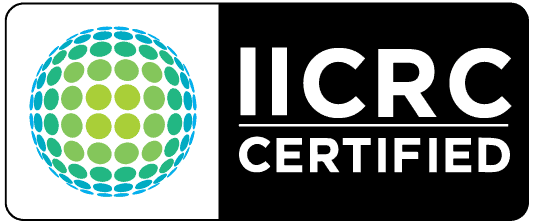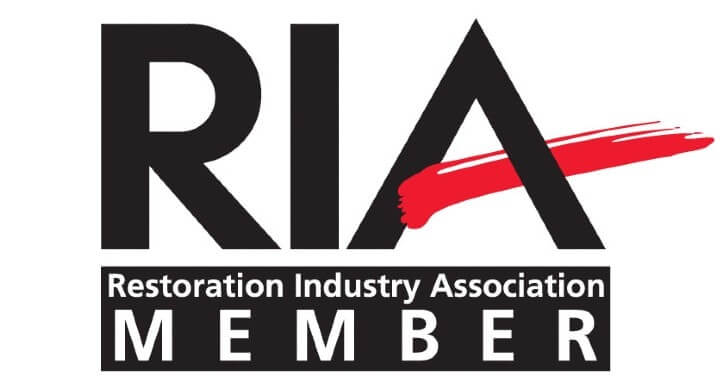Can I Dry Hardwood Floor After Water Damage?
A frequent question we receive at Certified Restoration is, “Can I dry hardwood floors after water damage?” Hardwood floors are popular among homeowners for their style, value, and convenience. However, unlike carpets, hardwood floors cannot be easily removed and dried after a flood or water overflow. This leads us to the crucial question: Can hardwood floors be dried in place, or do they need to be completely replaced?
To answer this, you must consider four key factors that influence the drying process of hardwood floors:
1. Response Time
2. Type of Wood
3. Amount of Moisture
4. Degree of Water Damage Present
The Importance of Timely Response
Water damage can escalate quickly if not addressed professionally and promptly. According to the EPA, mold can begin to grow in as little as 48 to 72 hours if materials reach a moisture level of 16% or higher. Time is critical when dealing with water-damaged hardwood floors, as the combination of moisture, temperature, and dust can create an ideal environment for mold growth. Ensure your local San Diego flood restoration company offers 24/7 emergency response services so they can begin remediation as soon as you call.
Understanding Your Wood Type
Before determining the best method to dry your hardwood floors, identify the type of wood you have. The primary types include:
– Strip Wood Flooring
– Plank Wood Flooring
– Engineered Wood Flooring
– Laminate Wood Flooring: Common in California homes, laminate is not considered true hardwood and typically requires replacement after flooding due to its low moisture tolerance.
Assessing the Amount of Moisture
Moisture impacts different floor types uniquely. A normal moisture content for hardwood floors ranges from 6% to 12%. After flooding, this can spike to 40% or more, potentially remaining elevated for weeks if left unaddressed. Signs of damage may include lifting nails, adhesive failures, and cupping or buckling in tongue-and-groove boards.
Evaluating the Degree of Water Damage
Severe water damage often necessitates the replacement of hardwood floors. Wood is particularly vulnerable to mold, so it’s vital to ensure that both the floor and sub-floor are completely dry. Indicators like cupping, popping, or cracking suggest that the sub-floor has also sustained water damage and may need replacement before new hardwood can be installed.
If you choose to dry your hardwood floors in place, Certified Restoration employs advanced drying equipment that forces airflow beneath the surface, facilitating moisture release. However, this process can take up to seven days. A restoration specialist will thoroughly inspect the damage to devise the best plan for your home. They will collaborate with you and your insurance company to determine whether to dry or replace the flooring.
With over 20 years of experience and advanced drying technology, the experts at Certified Restoration have successfully saved hundreds of hardwood floors. If you’re facing water damage in San Diego, don’t hesitate to reach out for help!




